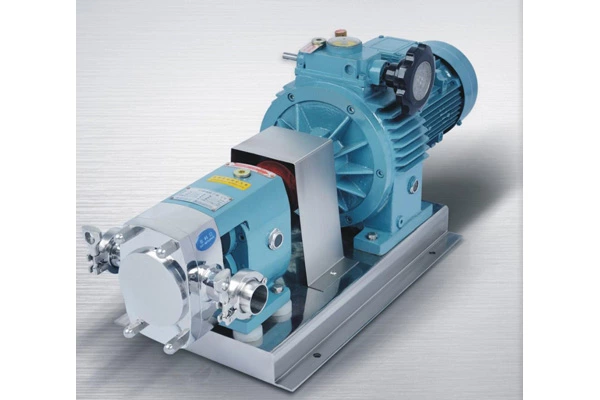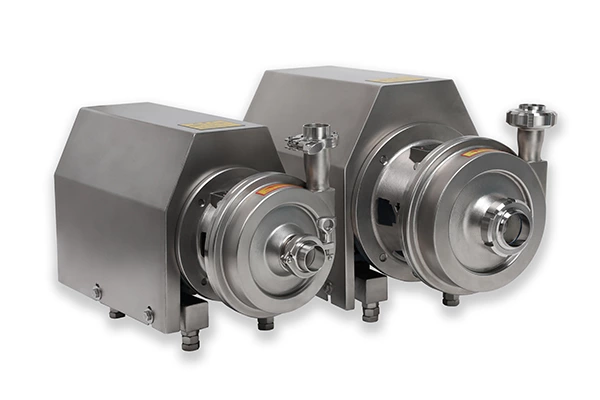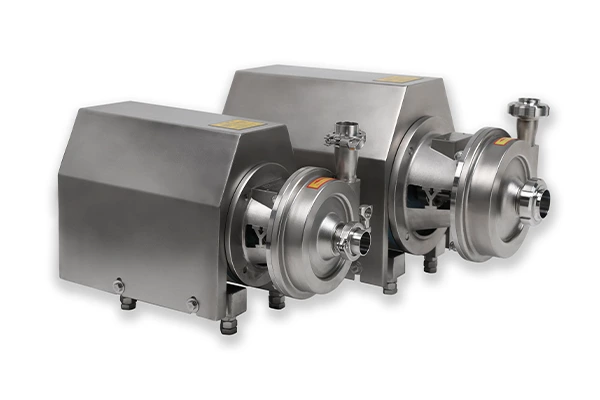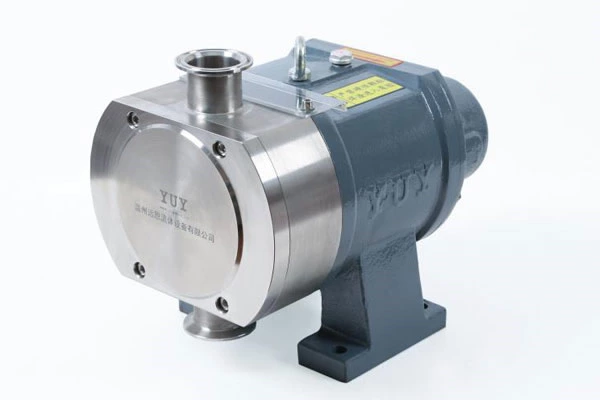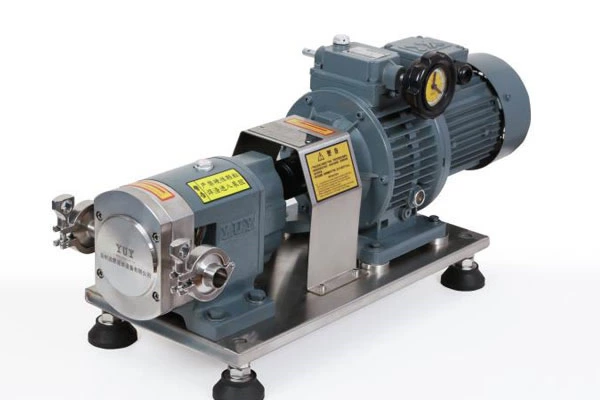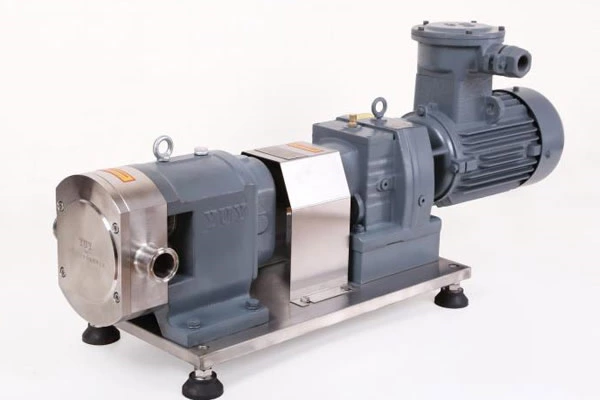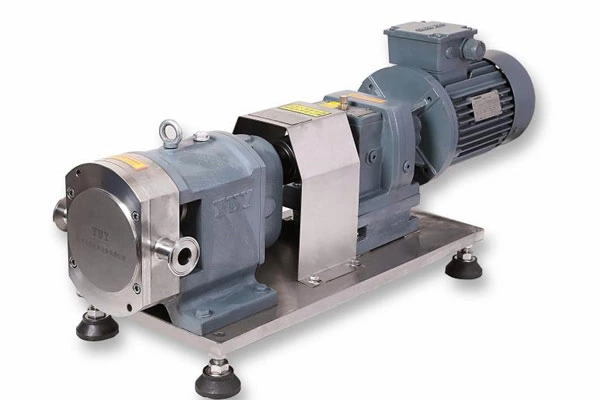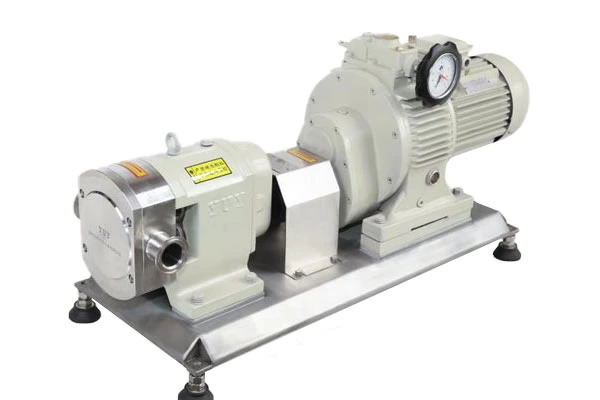Design Elements Of Sanitary Rotary Vane Pumps
Sanitary Rotary Lobe Pump has been increasingly valued by people, and its scope of use is becoming wider and wider. From the original simple use of conveying clean water to the current use of conveying various domestic sewage, industrial wastewater, construction site drainage, liquid feed, etc. It plays a very important role in municipal engineering, industry, hospitals, construction, restaurants, water conservancy construction and other industries.
The working principle of the sanitary rotary vane pump is that a liquid storage chamber is provided in the pump body, and it is connected to the pump working chamber through the upper reflux hole and the lower circulation hole, forming an axial flow-adding external mixing system of the pump. After the pump stops working, a certain volume of liquid has been stored in the pump cavity. When the pump starts, the liquid stored in the relevant authorities is thrown upward with air under the action of the impeller, and the liquid flows back to the working chamber through the grid of the gas-liquid separation tube, and the gas is discharged from the pump, so that a certain vacuum is formed in the pump to achieve the effect of self-priming.
The biggest advantage of the sanitary rotary vane pump is that it is corrosion-resistant and non-clogging, and can discharge domestic sewage and industrial wastewater containing soft impurities. Sanitary rotary vane pumps are generally used for wastewater discharge of enterprises; urban sewage treatment plant discharge system; subway, basement, civil air defense system drainage station; hospital, hotel, high-rise building sewage discharge; residential sewage drainage station; municipal engineering, discharge of thin mud in construction sites; water supply device of water plant; farm sewage discharge and rural farmland irrigation; exploration of mines and water treatment equipment; instead of shoulder-carrying, sucking and transporting river mud.
Design elements of sanitary rotary vane pumps:
Each self-priming pump of the sanitary rotary vane pump should be equipped with a separate suction pipeline, and strive to be as short as possible to improve hydraulic conditions, reduce head loss, and reduce the possibility of impurities blocking the pipeline.
The design flow rate of the suction pipe is generally 1.0-1.5m/s, and the minimum shall not be less than 0.7m/s. In order to facilitate the removal of air stored in the suction pipe, the horizontal part of the suction pipe should be slightly raised along the direction of the water flow. When the connection between the suction pipe and the water pump needs to be tapered, an eccentric reducer should be used. The suction pipe inlet should be equipped with a bell mouth, the diameter of which is 1.3-1.5 times the diameter of the suction pipe. The bell mouth is installed in the water pit of the sump.
A valve should be installed on the suction pipe of the sanitary rotary vane pump for maintenance. If the pump is not self-priming, it should be started by using a vacuum pump or a water ejector, and a bottom valve is not allowed to be installed on the suction pipe, because the bottom valve is easy to clog in sewage, affecting the start of the pump, and increasing the head loss and power consumption.
